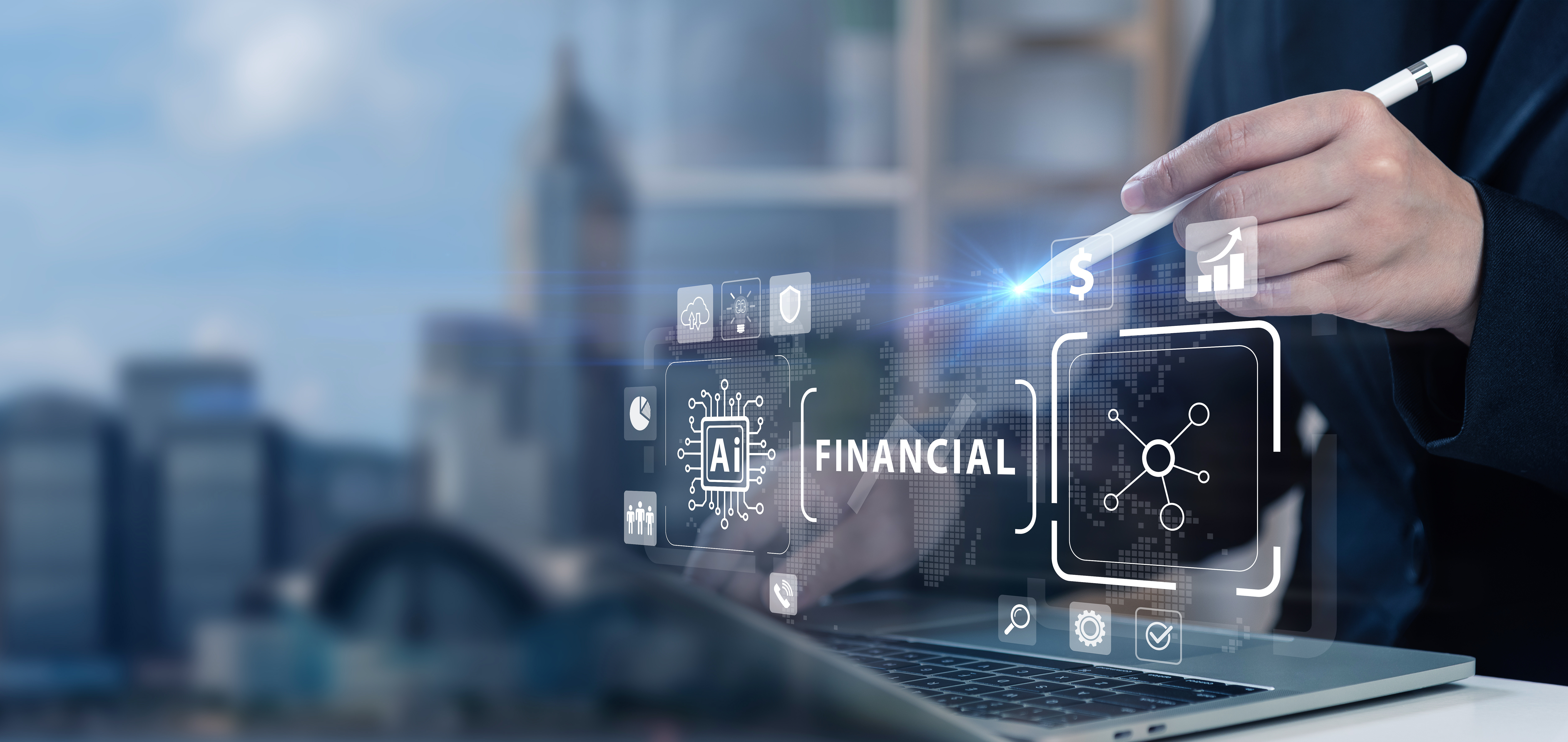Stay up to date with our latest news and insights
Supporting description on the types of content that feature in the blog.
16 March 2021

In April 2020, it was reported that one month of lockdown in the UK and around Europe, due to the Covid-19 pandemic, improved the air quality so much that it “led to 11,000 fewer deaths from pollution in the UK and elsewhere in Europe” (Clean air in Europe during lockdown ‘leads to 11,000 fewer deaths’, The Guardian).
Even as the world started to gain some normality, it was reported in December 2020 that “the global response to the Covid-19 pandemic has driven the biggest annual fall in CO2 emissions since World War Two” and that “emissions have declined by around 7%”, with the greatest drops in the UK and France. (Climate change: Covid drives record emissions drop in 2020, BBC)
That’s a significant impact and gives just a glimpse of what’s possible when we reduce the polluting factors such as commuting and road traffic. With hope on the horizon that we’ll all soon be returning to something closer to life before the pandemic, it’s a great time to think about what your company can do to be more sustainable.

While we’re not suggesting that everyone suddenly stops going to the office after the lockdown ends, we do think that all businesses should consider how they can reduce their environmental impact.
For some, that might be favouring location free working, a concept of working effectively, regardless of location or when work gets done. For others, they can look to methods of sustainability that might start in the office and extend to wherever employees choose to work.
The great thing is that you can be selective about what actions you choose to take and you can focus on areas in your company that will make a real difference and can be seen as environmentally friendly work practices.
For example, information and document management should be one of the environmental sustainability considerations. Whether it’s printing documents, how you dispose of consumables and paper or the servers you power to allow access to documents in the office, there are ways to make all of these processes more environmentally friendly.
Everything from the paper creation process (and the amount of energy and water it uses) through to the running of printing devices and the consumables it produces has an impact on the environment.
Keeping information management and processes environmentally friendly comes down to a mix of factors: From encouraging and implementing cultural changes, to reducing print and offsetting what you print as well as recycling schemes and digital alternatives to document usage.
You only have to look at how location free working can reduce environmental impact (as noted above) and increase productivity to consider it an option for the business, and along with it, moving away from traditional paper processes to digital. In fact, digital transformation isn’t a choice anymore, it’s a necessity!
Essentially, it all comes down to the fact that you no longer need to travel to the office to complete a process as remote working processes can be done from anywhere! Documents move online and allow collaboration, mail is remotely digitalised and organised, and documents start in a digital format.
Although the above is important, paper will also never completely disappear in many companies. If you want to keep using paper in your company, you can still do so in a way that mitigates the environmental impact and improve your current processes.
Our new guide, Are You Remotely Sustainable? Environmentally Friendly Work Practices In The New Normal, breaks down easy-to-implement environmentally friendly work practices into 5 key areas to take to make your company more sustainable:
Also includes a Sustainability Checklist!
Supporting description on the types of content that feature in the blog.

20-09-2024
Digital document management tools offer a range of compelling benefits for businesses, including a PDF editor, a file converter and a form generator. You can also integrate with digital signatures qui...

20-09-2024
When choosing a SaaS software to deal with your company’s PDF documents and enable forms to be digitally sent and signed, you’ll want a product that’s user-friendly and easy to use. With Tungsten’s Po...

11-07-2024
Belkin is a global technology company that provides high-quality electronics products, from wireless chargers to power banks. Their people-centric approach and best-in-class functionality have positio...